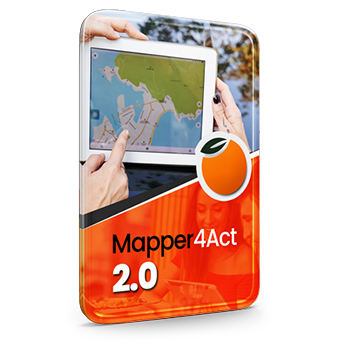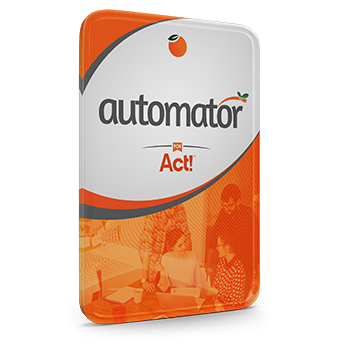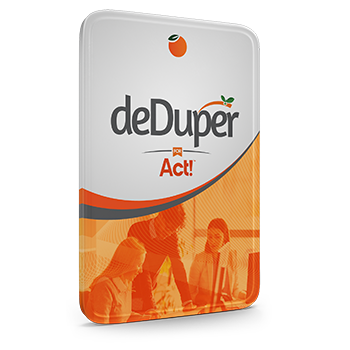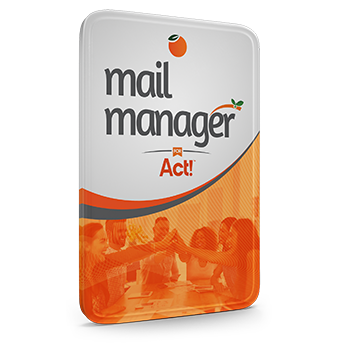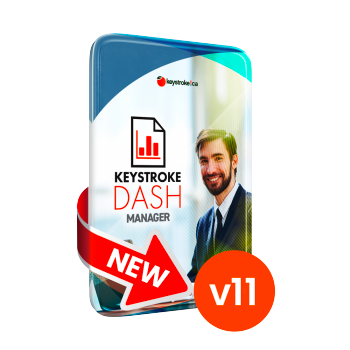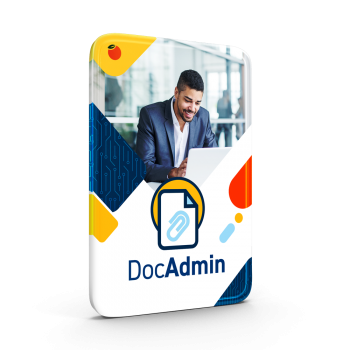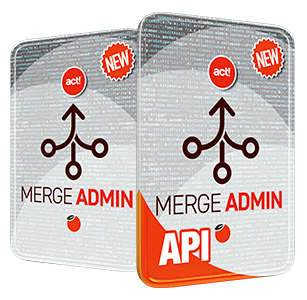While many business websites offer some form of chat module, the majority of these services operate as standalone products. This means they don’t integrate with any backend system, let alone the business’s CRM. Whether they're passive or AI-driven, these chat services often miss a crucial opportunity to connect with customers and prospects.
This didn’t make sense to us, and we recently wrote a blog on the subject HERE.
The simple fact is that most visitors who engage with an online chat service are either customers or prospects and should be prioritized accordingly. When they identify themselves by email, a CRM-integrated chat service should be able to look up that contact instantly and retrieve their account details, purchase history, renewal dates, etc. This information empowers the service rep to provide faster, more informed, and personalized service.
The benefits of integrating chat services with a CRM system are significant. For instance, a history of the visitor’s chat can be instantly recorded under their contact record in the CRM, along with the full chat log (which is also emailed to the client). The service agents can be automatically prompted to schedule follow-ups and send customer satisfaction surveys. This enriches the customer's profile and creates new sales opportunities.
From a customer service standpoint, this integration can also serve as an essential front-end for a helpdesk ticketing system. Chats can be converted to tickets, which can, in turn, be quickly relayed to a support agent for a more timely response.
The truth is, the use cases for such an integration were so numerous that we were initially surprised to find none existed for Act! – the inventor of CRM technology.
So we built one.
Allow us to introduce Link2chat. It's the first and only full-featured online chat service designed to seamlessly integrate with your Act! CRM database. And Act! users shouldn’t expect to trade features for integration either. Link2chat has all the features listed above, along with PWA support client with quick access to the integration tools, KB articles, and FAQ responses.
Release date: October 3rd



